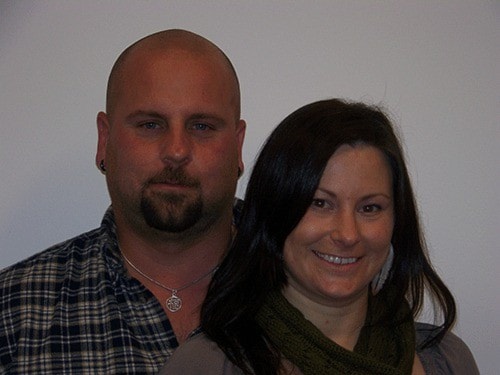The following is the latest in a series of ecology-related articles from students at Selkirk College in Castlegar
In the Kootenay’s we are very fortunate to have a number of great fishing opportunities right in our collective ‘backyard.’ Anglers and fly-fishers have the opportunity to fish for a variety of species such as Rainbow and Cutthroat trout, Kokanee, Whitefish, Bull Trout, Burbot, and Walleye. At one time, we even had access to Pacific Salmon in the Columbia River. The mighty Columbia runs through the heart of Castlegar, connecting many other communities before making its journey south through the U.S.A., and finally emptying into the Pacific Ocean. Since the Grand Coulee Dam in Washington State was constructed in 1941, Pacific Salmon have been obstructed from returning to our local waters.
Although frequently caught in local waters, walleye is an introduced species. If you’ve ever caught one before, you’d know that they have spiny fins, razor-sharp teeth, large light reflecting eyes (from which they get their name), and put up a pretty good fight. They come with voracious appetites and with the abundance of food in the Columbia River, Walleye can reach a whopping 25 pounds.
They were first introduced as a sport fish in the northwest United States in the 1940’s and 50’s. Locally, the influx of Walleye began in 1960 when they were introduced into Lake Roosevelt, about 200 km south of the B.C./Washington border. They spread into the lower Columbia River and moved upstream through the Waneta channel and into B.C.
The introduction of non-natives is hardly ever a good thing. Consequently, exotic species require monitoring to ensure their effect is minimized. Golder Associates, a local fisheries consultant in Castlegar, has been monitoring the walleye population for the past 12 years, using a variety of methods for data collection including electronic microchip tracking technology, or ‘PIT’ (Passive Integrated Transponder) tags. The tags have been used for years with pets as a permanent ID marker. In walleye, the tiny chips are embedded into the fish directly behind the head and near the spinal column on the left side. The procedure is relatively painless, just like getting a needle at the doctor’s (except the fish doesn’t get a sucker). The fish is then returned to its habitat and continues on its way. Periodically, a technician from Golder Associates will head back out to the river to track the tagged walleye. Tracking data compiled from chip implants will help to give an indication of the migration routes, distances traveled, and seasonal activity.
The use of PIT tags relies on recapturing the marked fish some time later. When Golder recaptures they record the information and release the marked fish. The other major source of recapture is from local anglers and fly fishers. Often the walleye captured by the public are not marked externally, so you have to pay special attention when you’re preparing your catch for dinner.
So what do you do if you’re dressing your catch and you come across a “chip” in your fish? Firstly, the fish meat is just fine so enjoy your dinner. Next, contact Golder Associates in Castlegar at 250-365-0344. You’ll need to note where you capture the fish, its sex, and its length, from nose to fork in the tail. Put the chip in an envelope and the folks at Golder will let you know what to do with it. They’ll be thankful for the information, and you can enjoy your tasty meal knowing you’ve also contributed to science and local ecology.
